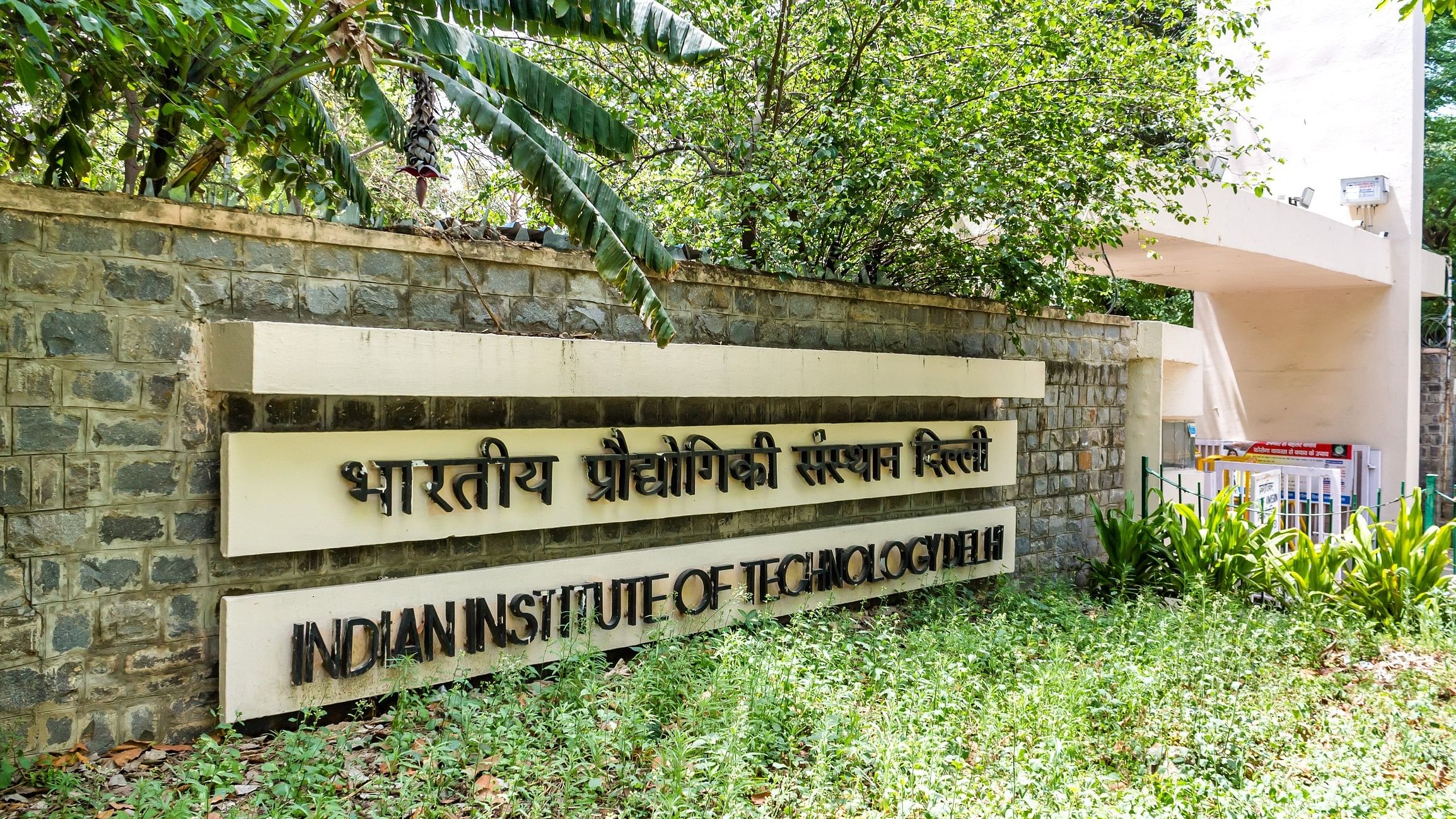
IIT Delhi.
Credit: iStock Photo
New Delhi: Researchers at the Indian Institute of Technology (IIT), Delhi have developed a Cyclic Transparent Optical Polymer (CYTOP) material-based charge writing mechanism which may open new ways of developing advanced electronic devices for data storage and encryption, according to officials.
The research conducted in collaboration with the Max Plank Institute of Polymer Research and University of Stuttgart, Germany has recently been published in renowned science journal "ACS Langmuir" and the team is in process of filing a patent for the mechanism.
According to Ankur Goswami, Assistant Professor at the Department of Materials Science and Engineering, IIT Delhi, of late exchange of information securely has become challenging with the enhancement in Artificial Intelligence (AI) and Internet of Things (IoT) technology.
"It has become imperative to develop systems where the classified information can be shared among the security and surveillance agencies in a secure way. Written information, which can only be shared via physical means, can be traced and read by middleman that may lead to strong threat to the nation," Goswami told PTI.
"Therefore, there is need to develop a mechanism to write and read an information, which can only be accessed by the sender and receiver. Even if a middleman gets access to the information carrying object, he or she should not be able to read it. Aside from that, this information can be erased at specific voltage using same technique," he added.
The researchers at IIT found CYTOP can hold the inserted charges for long duration, which is not generally possible with the other materials. This property of CYTOP can be utilized to write an information at nanoscale in the form of charges, which can further be read by Electrostatic Force Microscopy (EFM) only.
"The present investigation would allow us to write anything on an electret substrate (material which can store charge indefinitely) by charge deposition using a sharp metal tip at a micro to nano metre scale and read by a scanner which can recognize the charged pattern," said Shalini Singh, researcher at the School of Interdisciplinary Research (SIRe), IIT Delhi.
"The written string would not be visible even in optical or electron microscope rather can be only read by special scanner, which can read these types of charges. In the current study writing and reading were done by the microcantilever probe of Atomic Force Microscope’s EFM mode. Although this is a very initial step of charge writing capability at nanoscale but can be extended to the macroscale using motorized stage and probe, like lithographic patterning," Singh added.
The researchers explained that the proposed mechanism also has the potential to be utilized in various other fields to measure the surface charges such as renewable energy generation from rainwater, chemical sensing for water quality monitoring.
The four-member team behind the research also included Dhiman Mallick, Assistant Professor from the Department of Electrical Engineering, IIT Delhi and Stefan AL Weber from Max Plank Institute of Polymer Research and University of Stuttgart.